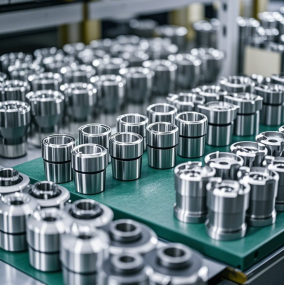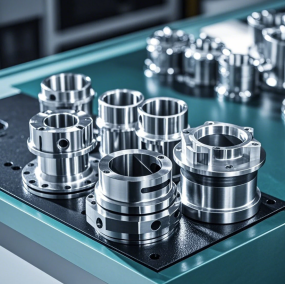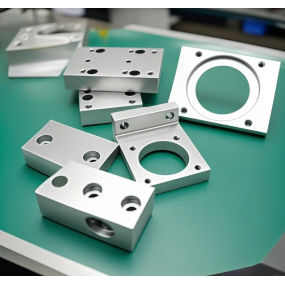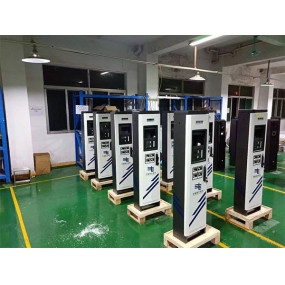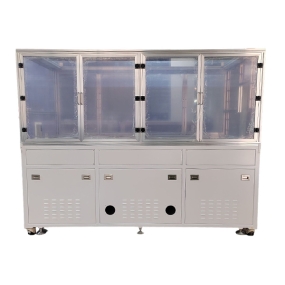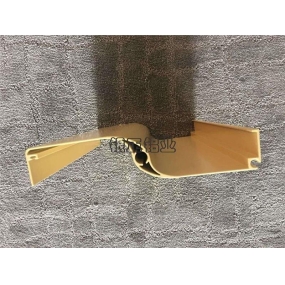The reasons for cracking in the manufacturing process of shaft parts can be analyzed from multiple aspects. The following is an analysis of the causes of cracking in shaft parts, represented and summarized by points: (1) Material quality issues: (2) Forging defects: such as pores, scars, inclusions, etc. that may exist in the material during forging, which can affect the mechanical and processing properties of the material, leading to cracking in shaft parts during subsequent processing or use. 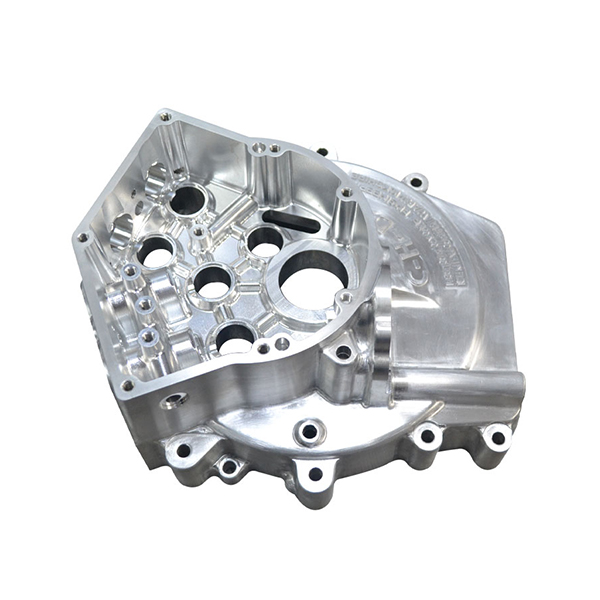 2. Raw material inclusions, looseness, brittle element segregation, etc.: If these defects are not eliminated or improved during the processing, they will weaken the basic strength of the ring and become the source of cracks. ⑵ Manufacturing process issues: 2. Uneven temperature: During the manufacturing process, if the temperature is not properly controlled, it may result in uneven temperature distribution, which may cause uneven stress distribution inside the material and lead to cracks at stress concentration points Excessive residual stress: Improper grinding, heat treatment, and assembly can all cause residual stress. When these stresses exceed the strength limit of the material, it may lead to cracking of shaft components Excessive surface roughness: Excessive surface roughness may increase stress concentration on the parts, leading to cracking Design reason: 1. Unreasonable wall thickness design: If the wall thickness design of shaft parts is too thin or too thick, it may cause the parts to crack during processing or use. 2 Unreasonable structural design: If the structural design is too complex or there are stress concentration areas, it may increase the risk of component cracking Improper selection of machining machine tools: If the selected machining machine tool does not match the machining requirements of the part, it may also lead to cracking of the part during the machining process Heat treatment issues: 2. Improper heat treatment: Improper control of parameters such as quenching temperature and time may lead to uneven material structure, excessive internal stress, and other problems, thereby causing cracking Failure to perform stress relief annealing before quenching: For example, if a forged crankshaft made of 45 steel is not subjected to stress relief annealing before quenching, it may cause the stress generated by quenching to overlap with the stress existing in the original shaft, exceeding the strength limit of the material and causing cracking Usage and maintenance factors: 1. Excessive load: Excessive load on bearings may cause bearing parts to break. 2 Improper operation and maintenance, such as improper assembly methods and processes, or a lack of necessary maintenance and upkeep during use, may lead to cracking of shaft components.
2. Raw material inclusions, looseness, brittle element segregation, etc.: If these defects are not eliminated or improved during the processing, they will weaken the basic strength of the ring and become the source of cracks. ⑵ Manufacturing process issues: 2. Uneven temperature: During the manufacturing process, if the temperature is not properly controlled, it may result in uneven temperature distribution, which may cause uneven stress distribution inside the material and lead to cracks at stress concentration points Excessive residual stress: Improper grinding, heat treatment, and assembly can all cause residual stress. When these stresses exceed the strength limit of the material, it may lead to cracking of shaft components Excessive surface roughness: Excessive surface roughness may increase stress concentration on the parts, leading to cracking Design reason: 1. Unreasonable wall thickness design: If the wall thickness design of shaft parts is too thin or too thick, it may cause the parts to crack during processing or use. 2 Unreasonable structural design: If the structural design is too complex or there are stress concentration areas, it may increase the risk of component cracking Improper selection of machining machine tools: If the selected machining machine tool does not match the machining requirements of the part, it may also lead to cracking of the part during the machining process Heat treatment issues: 2. Improper heat treatment: Improper control of parameters such as quenching temperature and time may lead to uneven material structure, excessive internal stress, and other problems, thereby causing cracking Failure to perform stress relief annealing before quenching: For example, if a forged crankshaft made of 45 steel is not subjected to stress relief annealing before quenching, it may cause the stress generated by quenching to overlap with the stress existing in the original shaft, exceeding the strength limit of the material and causing cracking Usage and maintenance factors: 1. Excessive load: Excessive load on bearings may cause bearing parts to break. 2 Improper operation and maintenance, such as improper assembly methods and processes, or a lack of necessary maintenance and upkeep during use, may lead to cracking of shaft components.
Hello! Welcome to EMAR's website!
 English
English » »
» »
 Spanish
Spanish Arabic
Arabic French
French Portuguese
Portuguese Belarusian
Belarusian Japanese
Japanese Russian
Russian Malay
Malay Icelandic
Icelandic Bulgarian
Bulgarian Azerbaijani
Azerbaijani Estonian
Estonian Irish
Irish Polish
Polish Persian
Persian Boolean
Boolean Danish
Danish German
German Filipino
Filipino Finnish
Finnish Korean
Korean Dutch
Dutch Galician
Galician Catalan
Catalan Czech
Czech Croatian
Croatian Latin
Latin Latvian
Latvian Romanian
Romanian Maltese
Maltese Macedonian
Macedonian Norwegian
Norwegian Swedish
Swedish Serbian
Serbian Slovak
Slovak Slovenian
Slovenian Swahili
Swahili Thai
Thai Turkish
Turkish Welsh
Welsh Urdu
Urdu Ukrainian
Ukrainian Greek
Greek Hungarian
Hungarian Italian
Italian Yiddish
Yiddish Indonesian
Indonesian Vietnamese
Vietnamese Haitian Creole
Haitian Creole Spanish Basque
Spanish Basque


